
RED WHITE & BLACK




In the world of color, red, white, and black are powerful, primal, and symboliceach carrying deep emotional and cultural significance. Together, they form a striking triad that speaks of boldness, purity, and mystery. This photo book invites you to explore these three hues in their rawest form, capturing their contrasts, their harmonies, and their stories.
Each image within these pages is an exploration of how these colors interact with the world around us. From the intensity of crimson to the starkness of black, and the calmness of white, these colors shape our perceptions, influence our emotions, and define our experiences. The interplay of light and shadow, texture and form, and the quiet moments between contrast is where the beauty of these colors reveals itself.
As you journey through this collection, you will not only witness the visual impact of red, white, and black but also read reflections and thoughts woven throughout. These words will delve into the deeper meanings and associations of each color - red as passion, power, and danger; white as innocence, peace, and emptiness; and black as elegance, mystery, and sorrow. Each page offers an invitation to pause, reflect, and engage with the colors in a way that transcends the purely aesthetic.
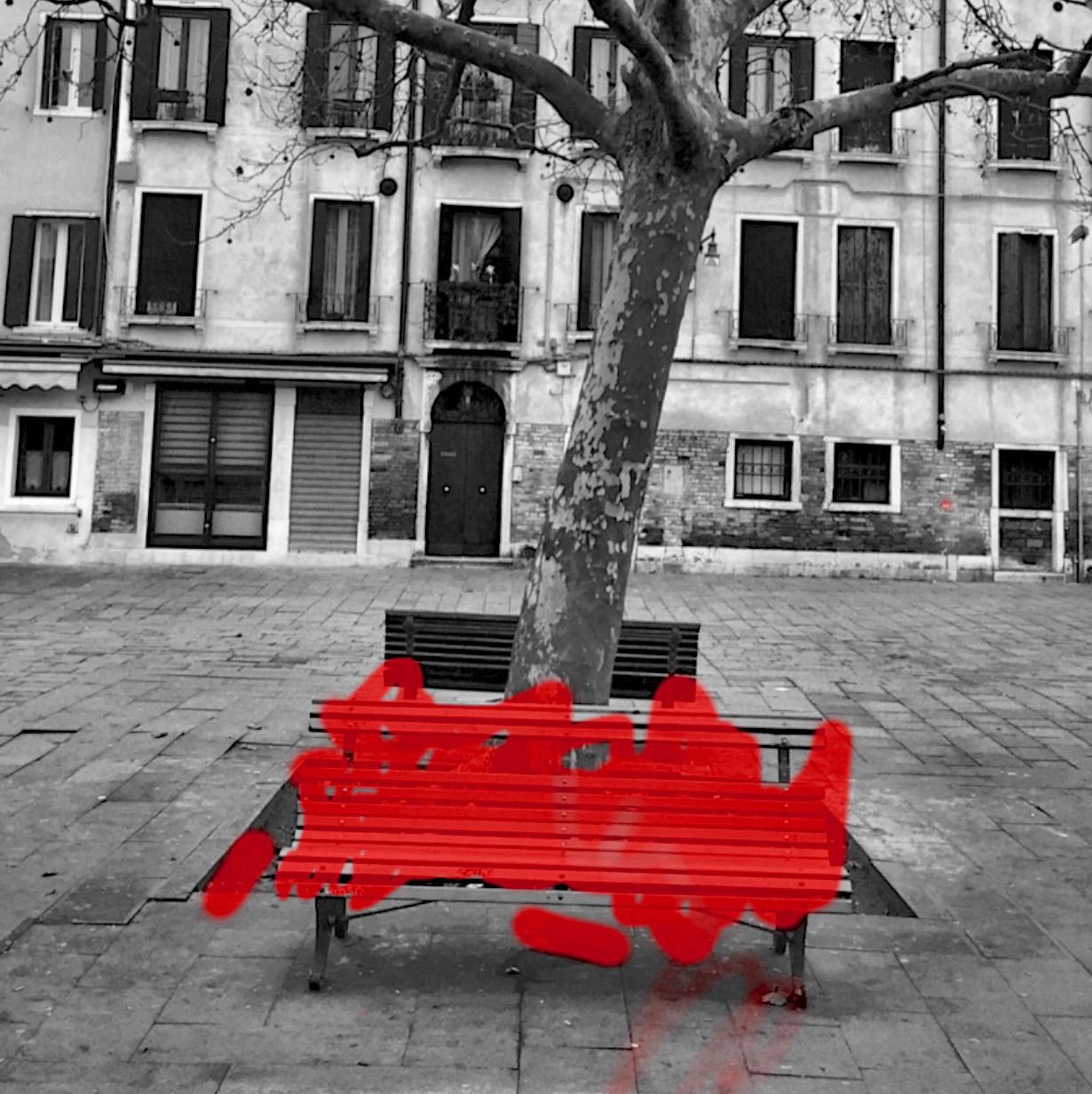
Red is one of the most universally powerful colors. It is the color of blood, fire, and love-elements that are both life-giving and destructive. Its history stretches back to prehistoric times, where early humans used red ochre in cave paintings, symbolizing the sacred, the life force, and even the hunt. Red, in many cultures, has been the color of royalty, wealth, and power. In ancient Egypt, for instance, it was associated with the god Seth, the god of chaos and destruction, but also with protection and strength.
In Western culture, red is often linked to passion, love, and desire-its vibrant, bold nature symbolizing the intensity of human emotion. It is also a color that signifies danger, urgency, and warning. Red lights signal caution, red flags indicate peril, and red ink suggests corrections. On the global stage, red has often been a banner of revolution, resistance, and change. The red flag of socialism, communism, and various revolutionary movements has a powerful historical resonance, representing the struggle for equality and justice.
In contrast, red in some cultures can denote good fortune and prosperity. In China, red is a color of happiness, luck, and celebration, often used during major festivals and weddings.
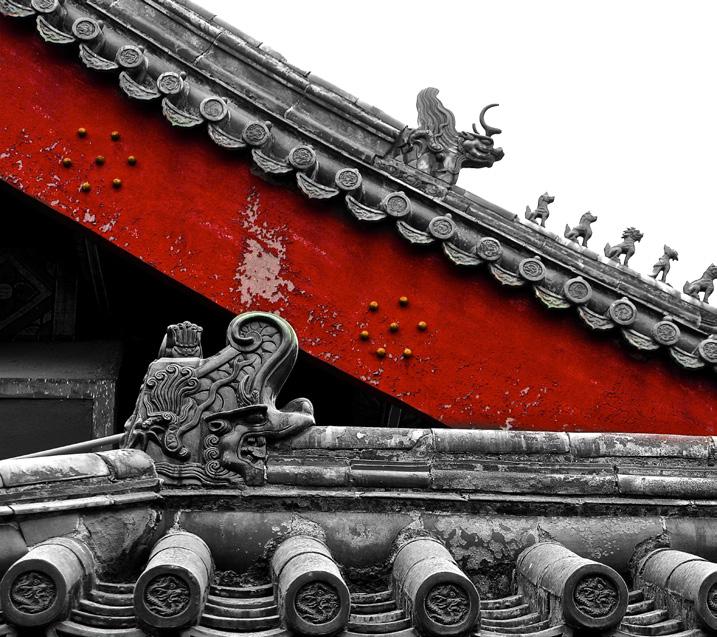
White, the color of light, has long been associated with purity, peace, and the blank slate. In many ancient cultures, white was considered sacred and divine. The ancient Greeks and Romans used white garments to symbolize the unblemished nature of their gods, as well as the simplicity and clarity of thought. In early Christian iconography, white was used to represent the purity and sinlessness of the Virgin Mary.
Throughout history, white has also been the symbol of peace. The white dove is a universal emblem of peace, and white flags are raised in surrender or ceasefire. It evokes clarity, neutrality, and calm-qualities that can help ease conflict or provide a sense of relief.
However, the symbolism of white can be complex. While it may denote purity, it can also represent emptiness or absence. In many cultures, white is associated with mourning and death. In Japan and China, for example, white is traditionally worn at funerals, symbolizing the departure of the spirit and the cycle of life and death.
In the realm of design, white is often used as a canvas, a neutral space that allows other colors to stand out. Its versatility makes it a color of simplicity and sophistication, often used in minimalist art and architecture.

Black is the color of night, mystery, and the unknown. It is both a symbol of power and mourning, of elegance and fear. Throughout history, black has been a color of high status, associated with aristocracy and formality. In medieval Europe, black was the color worn by the elite and clergy, as it represented sobriety and dignity.
In Western cultures, black is often seen as a color of mourning and grief. The tradition of wearing black at funerals, a practice that is still common today, stems from a desire to show respect for the deceased and to reflect the solemnity of the occasion. In contrast, black is also a color of strength, rebellion, and defiance. It has been adopted as the color of various subcultures, from the rebellious punk movement to the empowering Black Power movement in the United States.
Black’s association with mystery and the unknown is powerful. It is the color of the night, of shadows, and of secrets. In art and literature, black often represents the presence of the unknown, the unknowable, or the void. Yet, it is also a color of luxury and refinement, particularly in fashion. The “little black dress,” first popularized by Coco Chanel, has become a timeless symbol of sophistication and class.
While black can be seen as a color of negativity, darkness, or death, it also carries immense strength and authority. It is a color of gravitas, of intellect, and of presence. In design and visual arts, black is a grounding color that anchors other hues and creates contrast, making it an essential tool in the creation of striking and dynamic compositions.
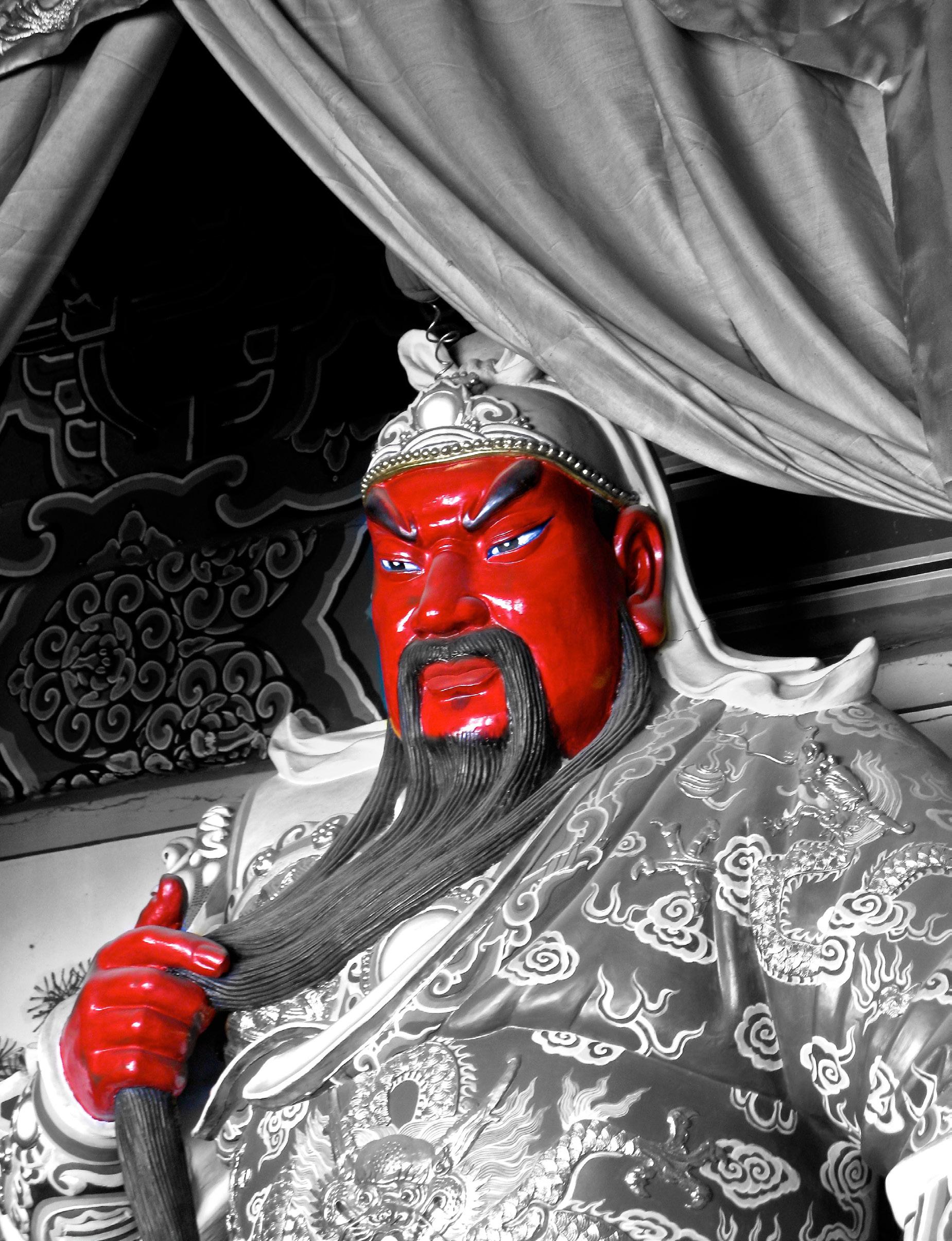
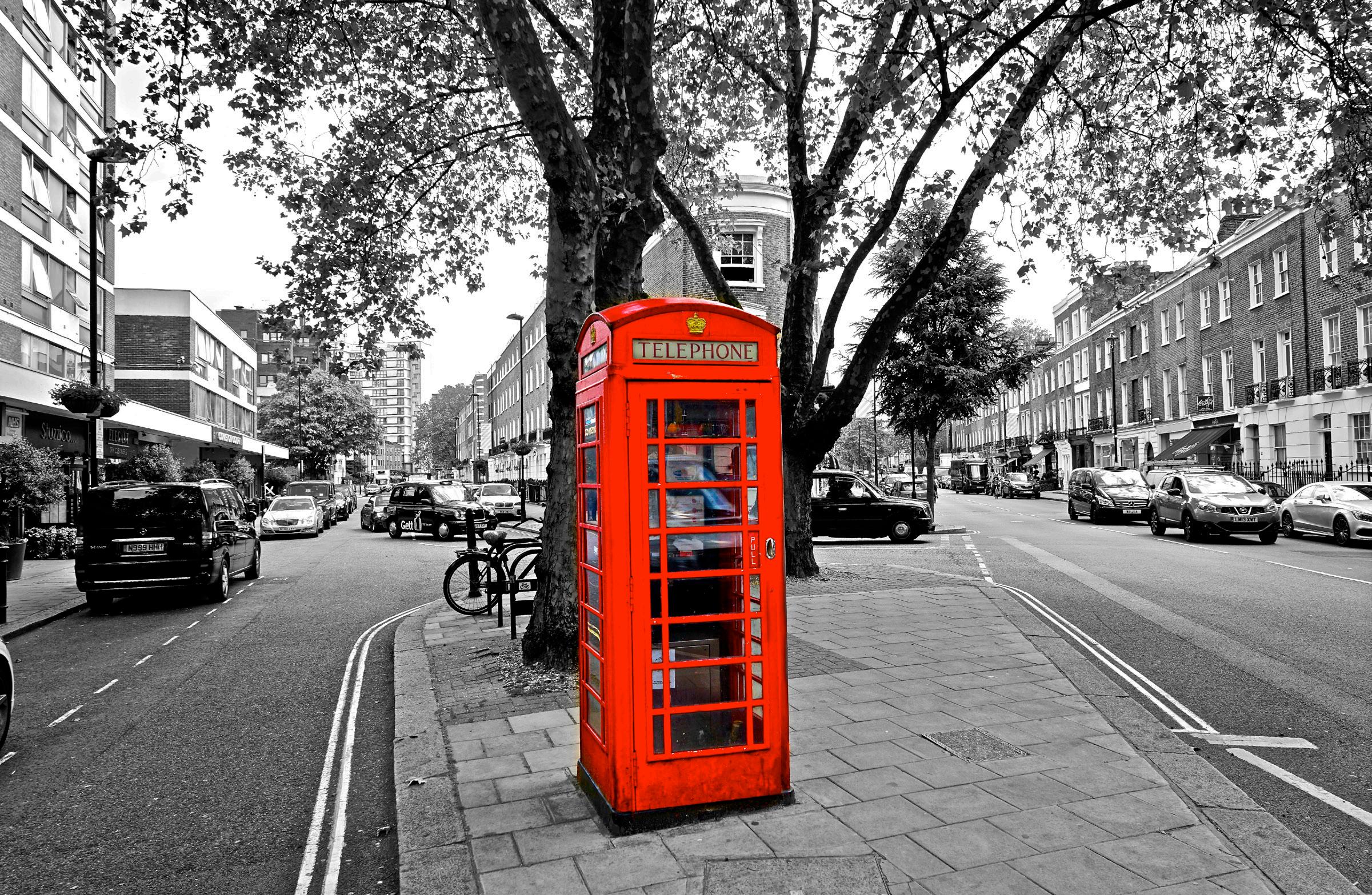


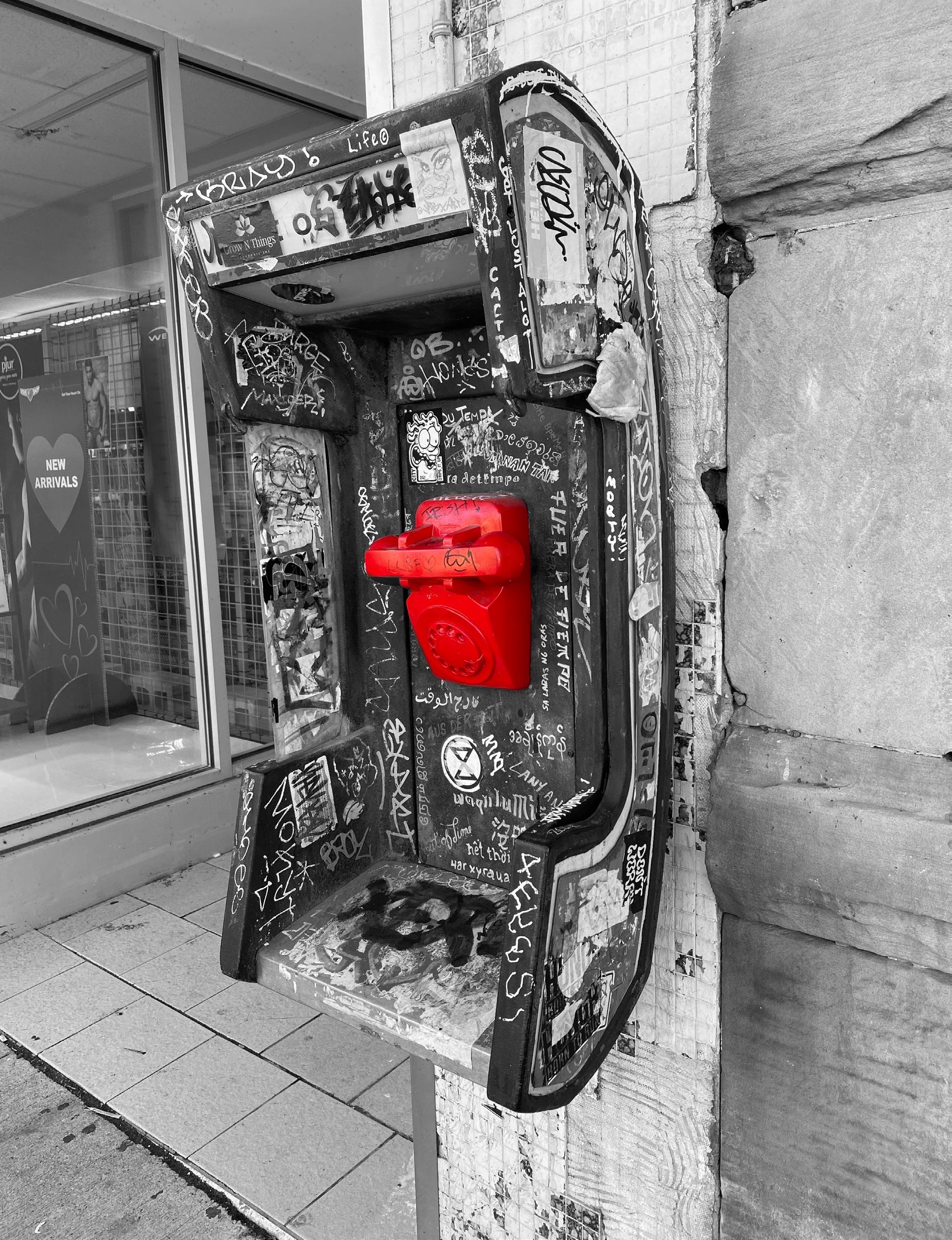
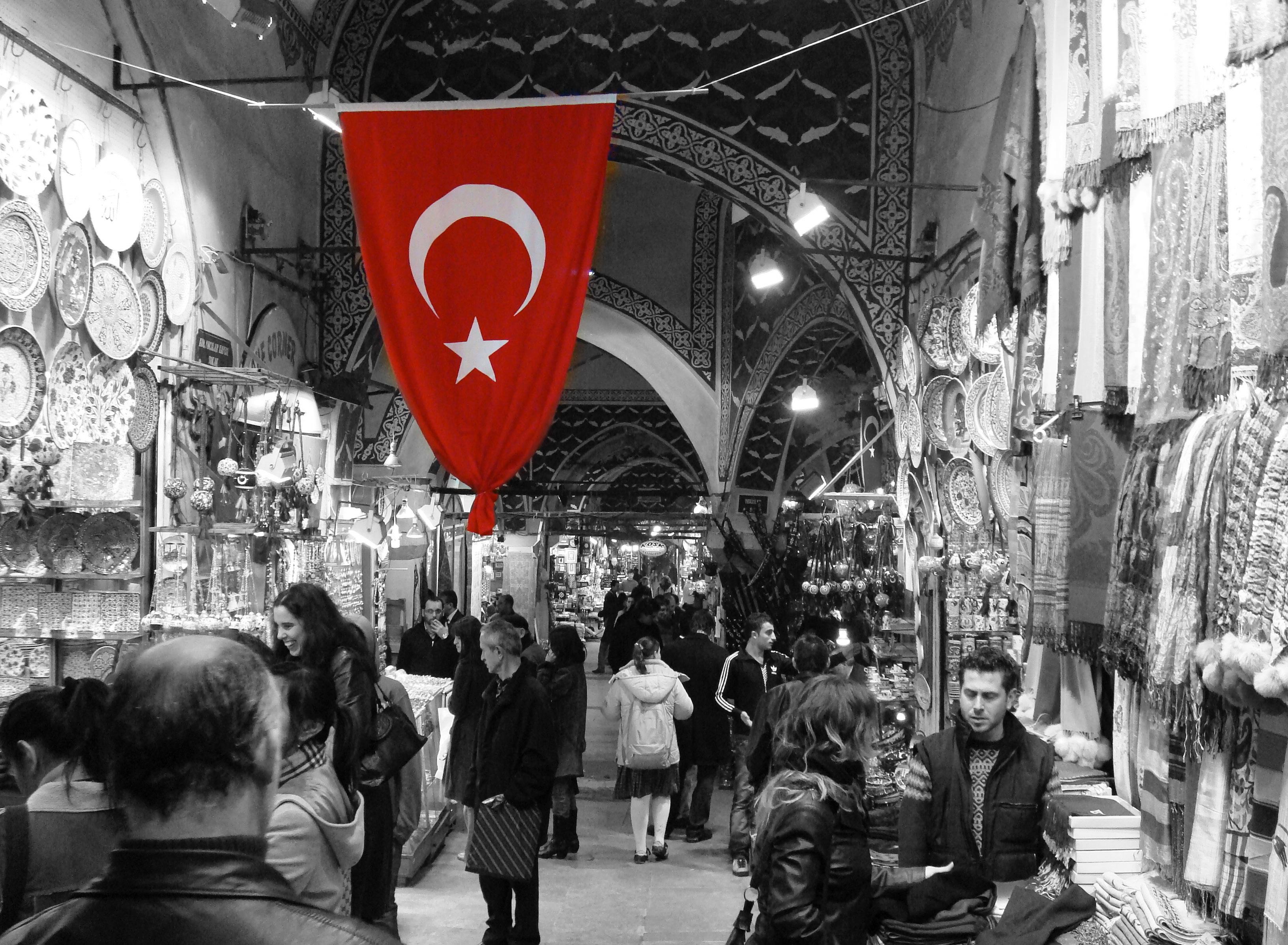
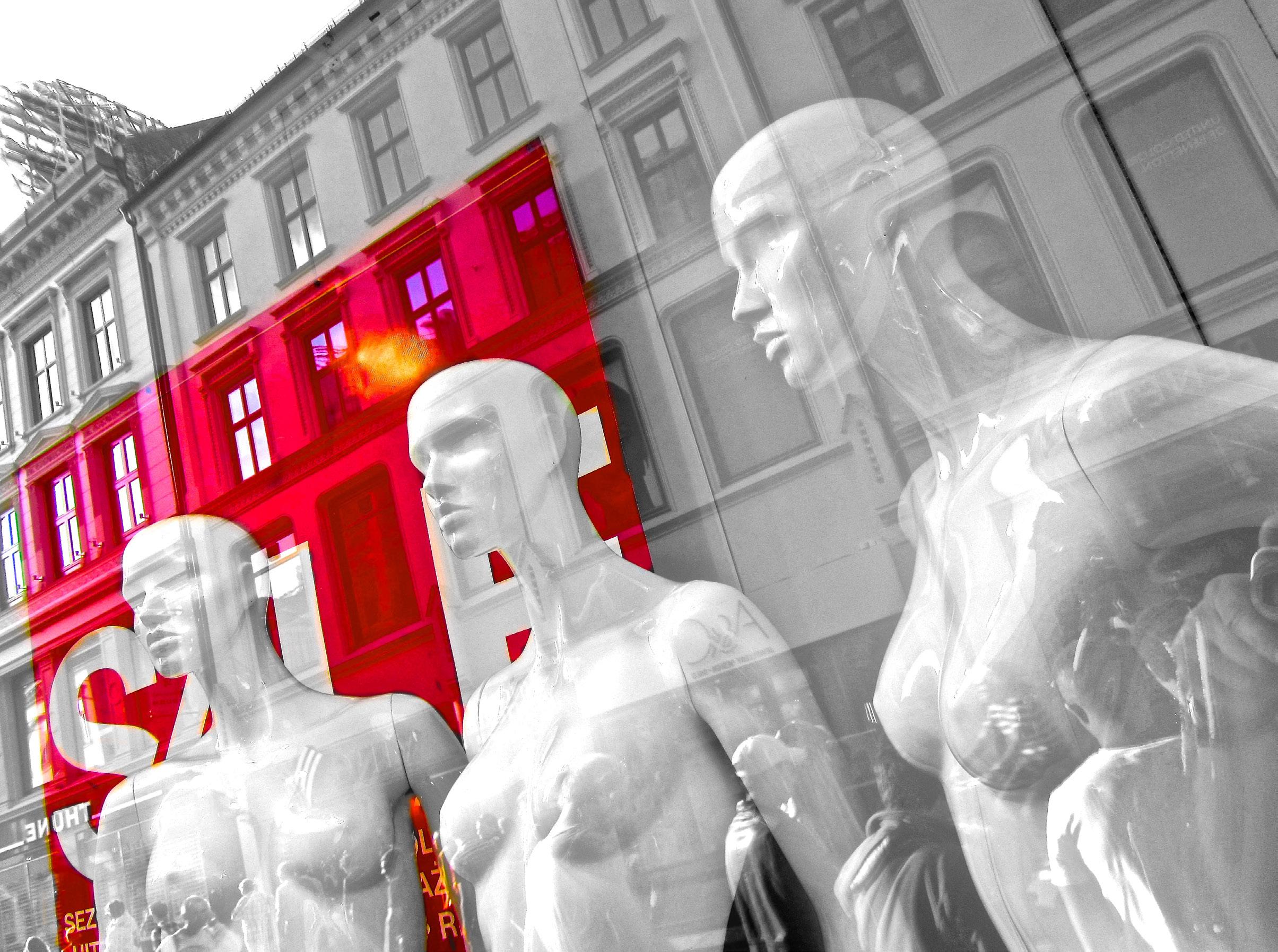

The birth of the Little Black Dress has been ascribed to Coco Chanel, who in 1927, created a series of simple black suits and dresses that were photographed in American Vogue.
Audrey Hepburn’s minimalist black Givenchy dress, worn in the movie Breakfast at Tiffany’s, made the style wildly popular.
Easy to wear and always elegant, The Little Black Dress has become a wardrobe staple.

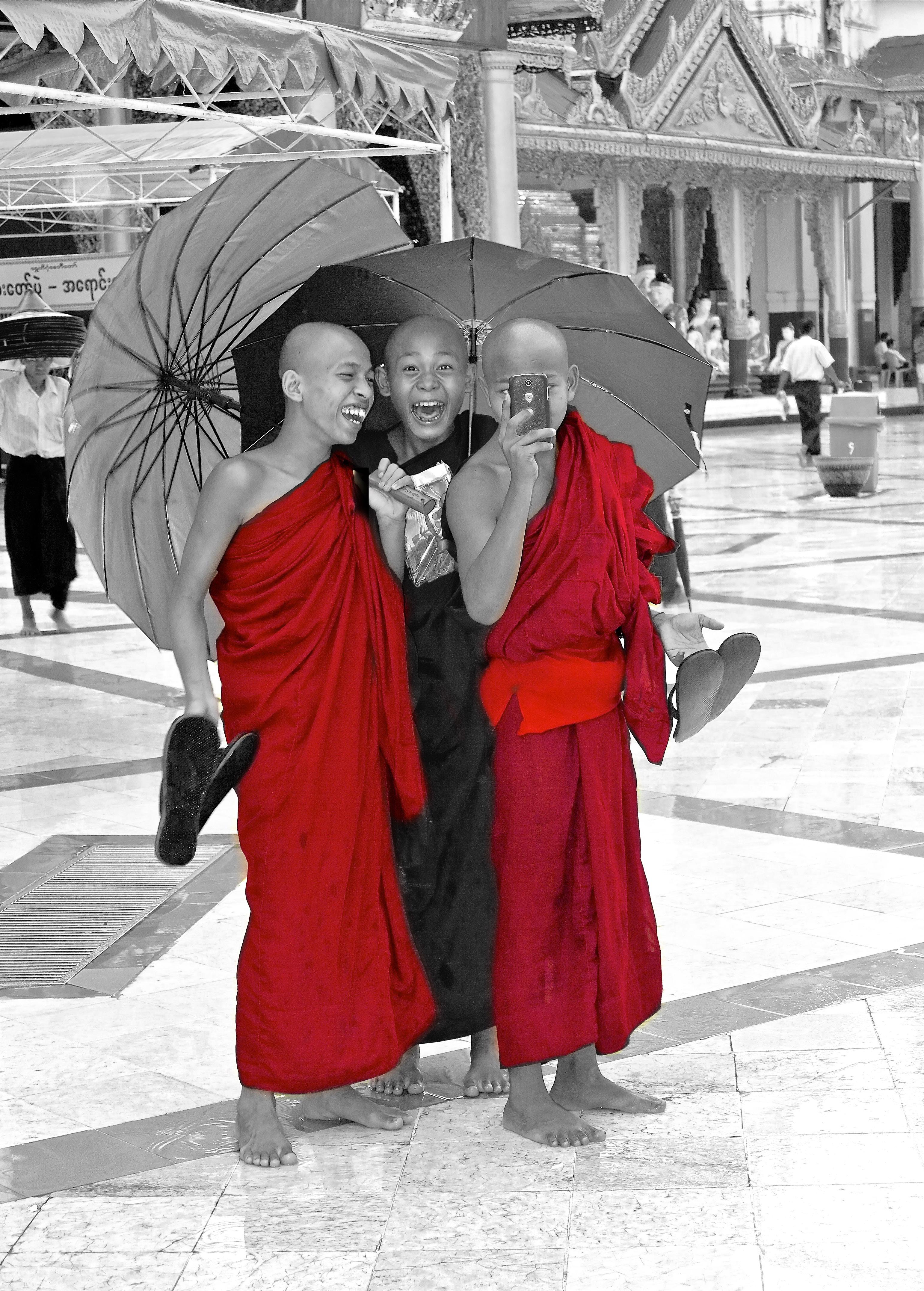
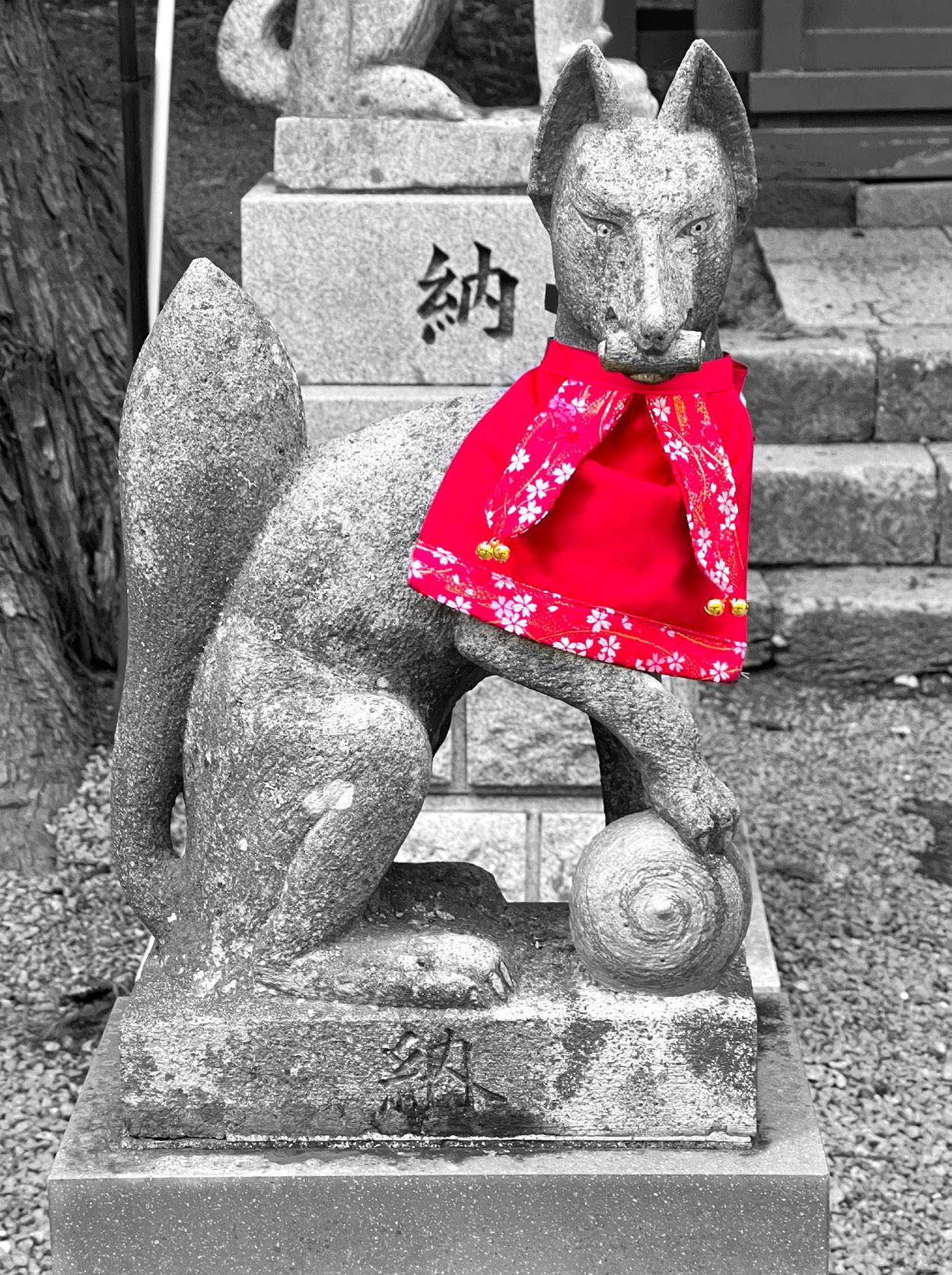

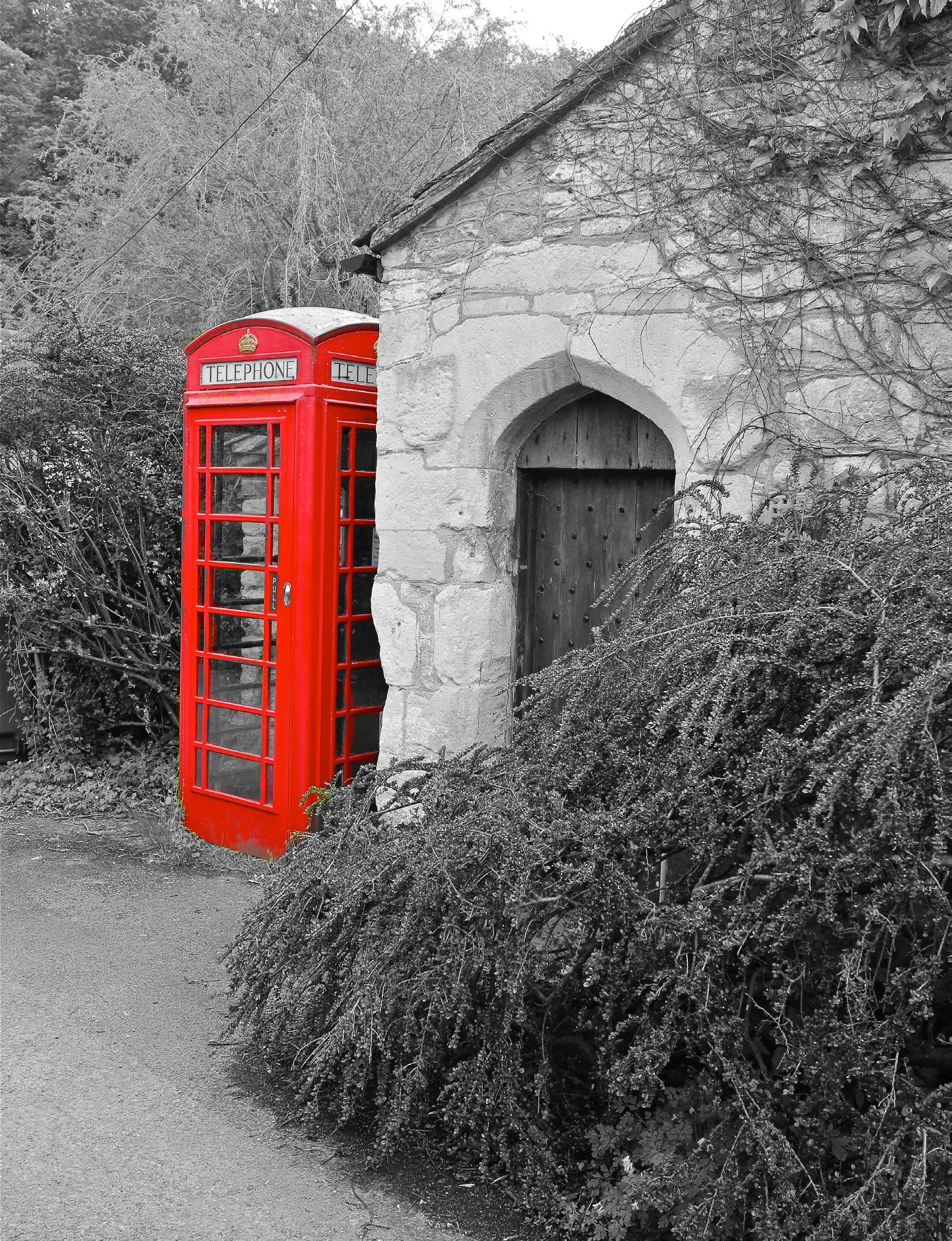
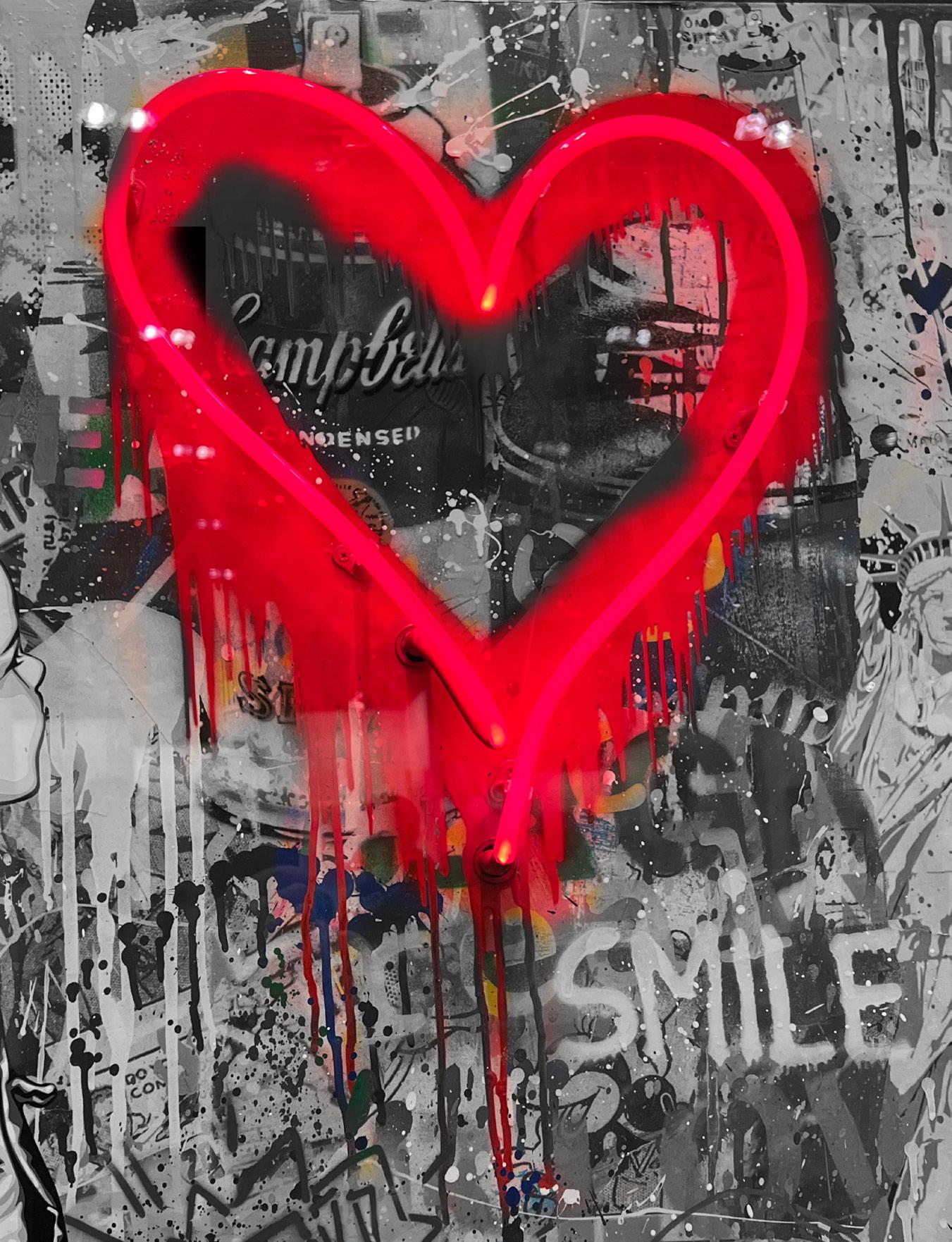




White is a colour with a lot of power and significance in marketing, design, and fashion. Its use can create a sense of purity, cleanliness, and freshness in any design. It can be used to create a sense of spaciousness and openness while also being used as a background colour to emphasize the other hues in the design. In fashion, white is often used to represent sophistication and elegance.
In design, white space (also called negative space) refers to the empty or unmarked areas between and around design elements, such as text, images, and graphics. It doesn’t necessarily have to be white—it simply means any unused space that helps improve readability, focus, and visual hierarchy.
White space can be active (intentionally left blank to enhance clarity and organization) or passive (naturally occurring gaps between elements). It plays a crucial role in making designs look clean, modern, and easy to navigate, whether in graphic design, web design, or architecture.
It gives balance and structure to a composition and allows the eye to focus on the elements that matter most. Apple’s design is a great example of how white space can be used effectively to draw attention to the product. Clean lines and minimalist designs are also popular methods of using white to create an aesthetically pleasing look.
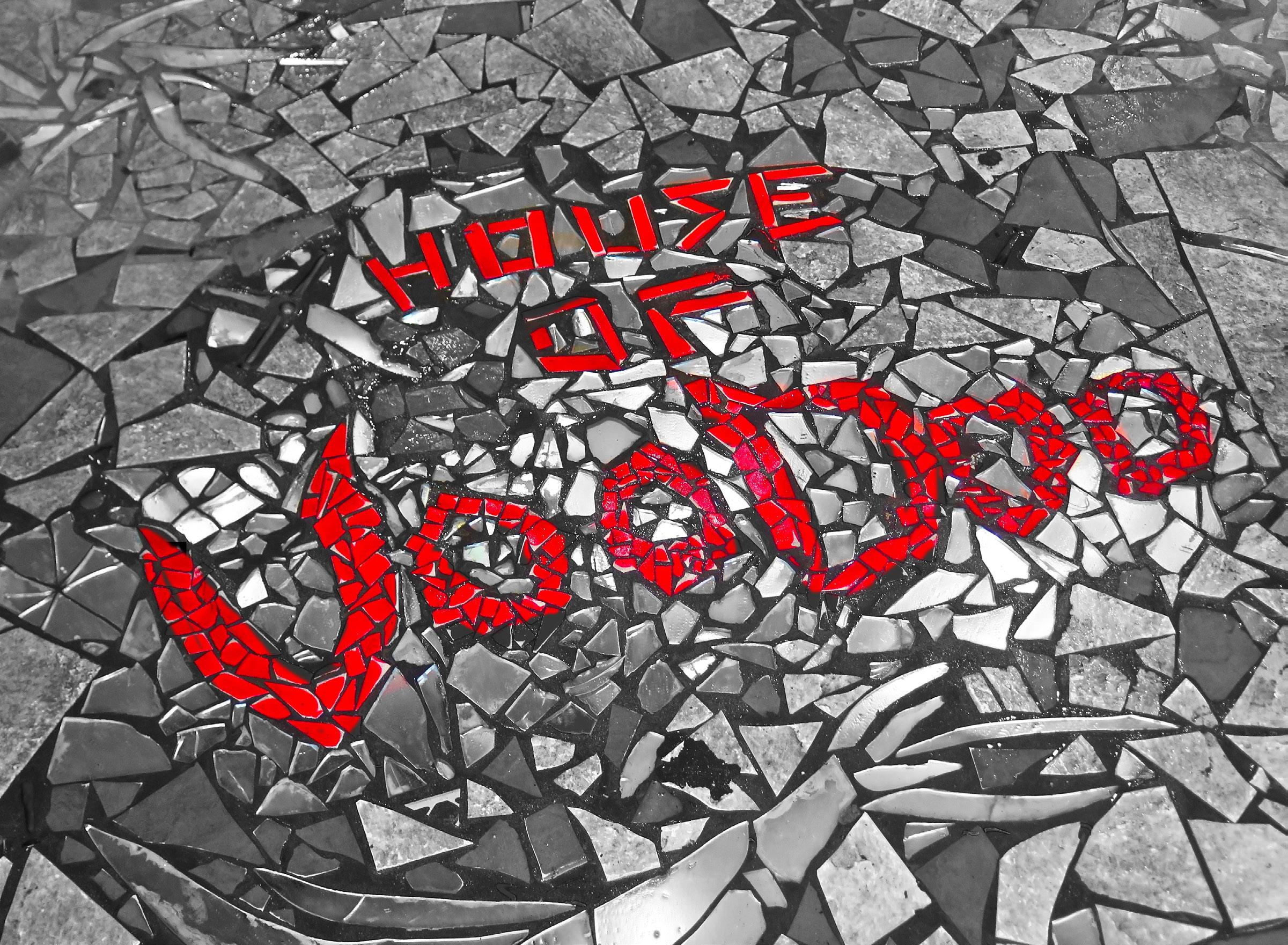
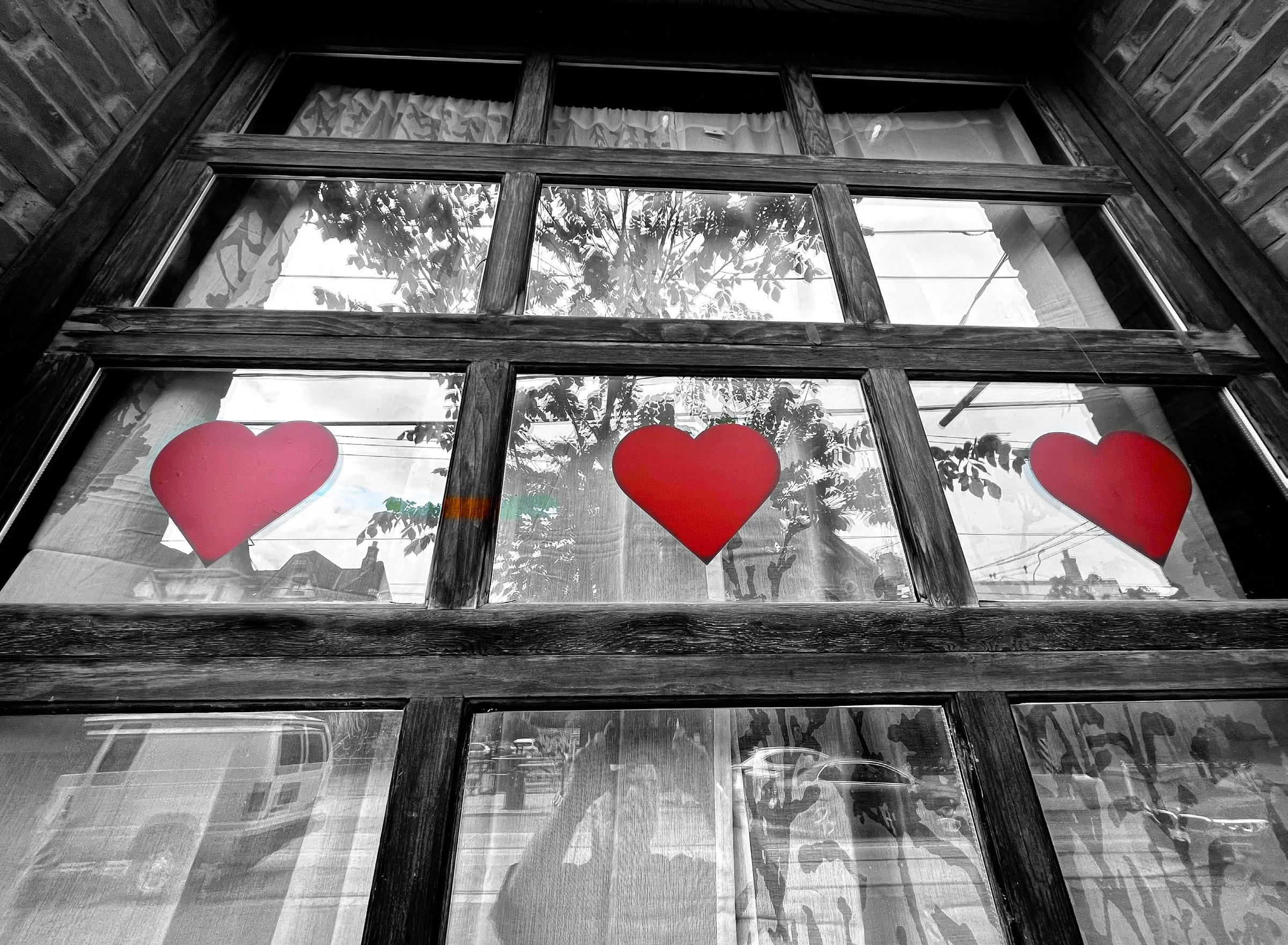
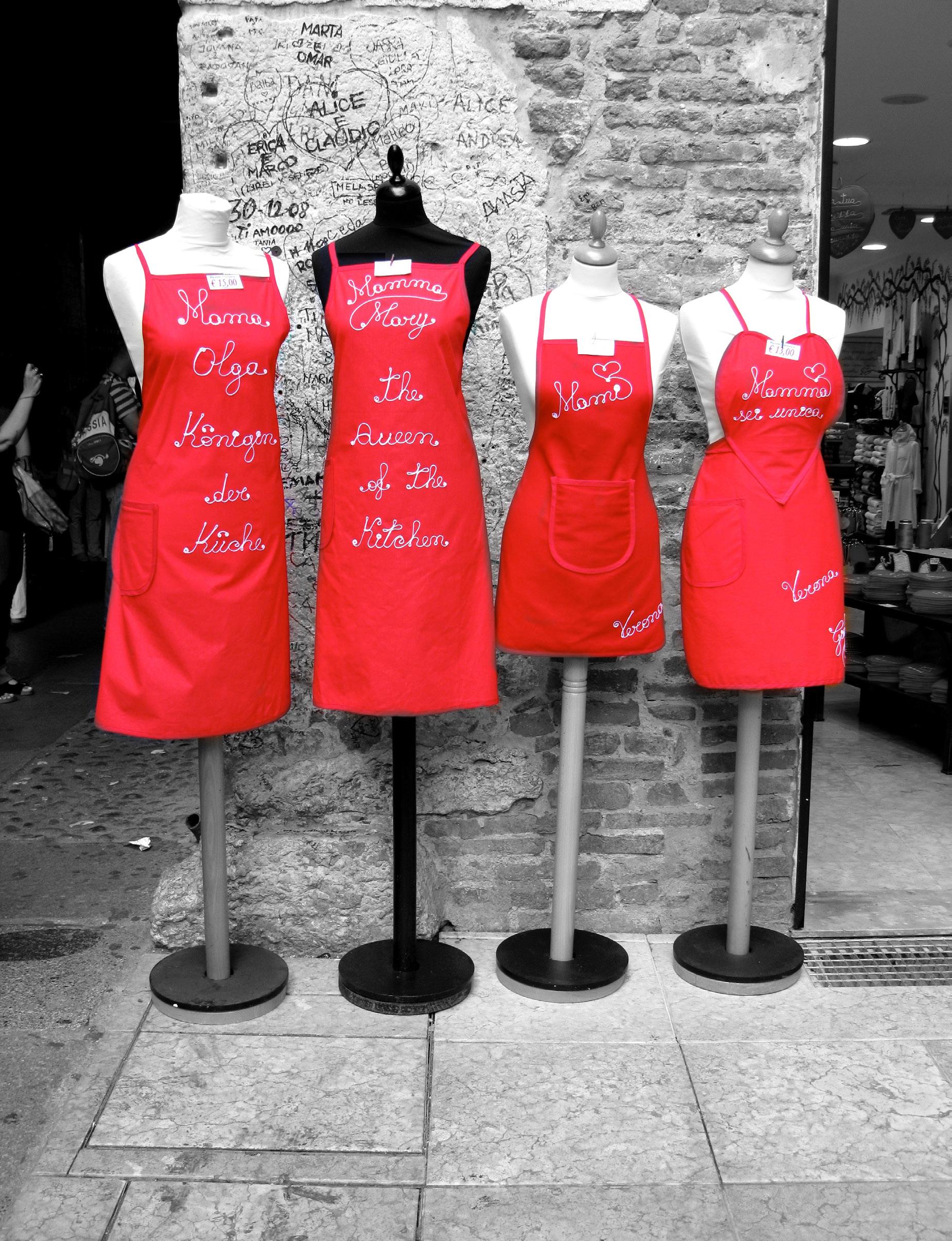
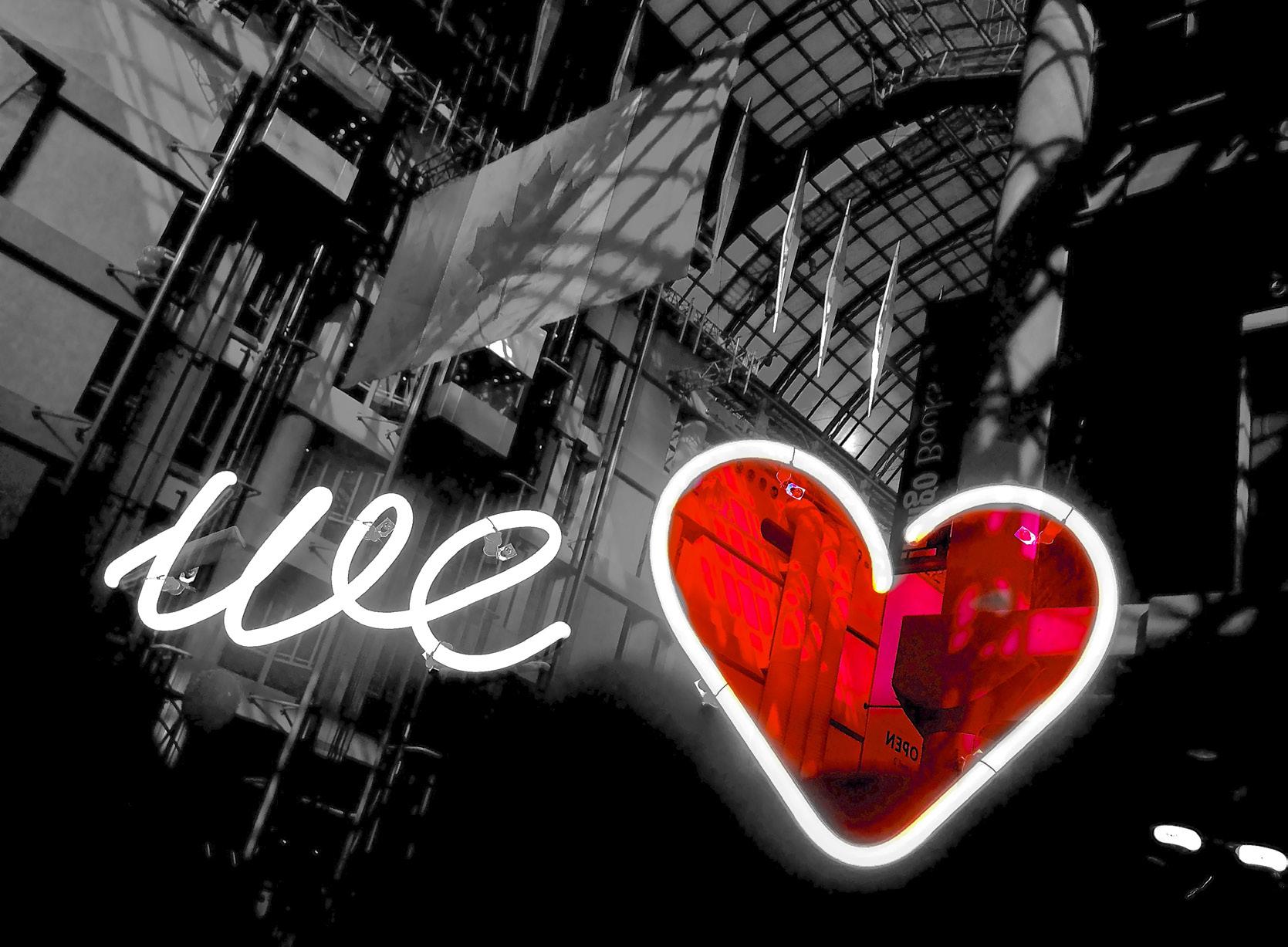




RED HAS MORE emotional ASSOCIATIONS THAN ANY OTHER COLOR. THIS FIERY HUE IS LINKED TO PASSION, LOVE AND Desire AS WELL AS POWER, ANGER OR RAGE. RED IS INHERENTLY EXCITING AND NATURALLY DRAWS ATTENTION
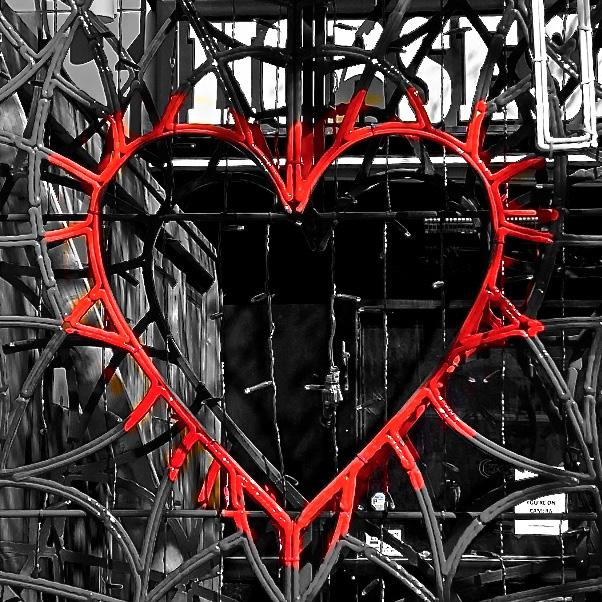

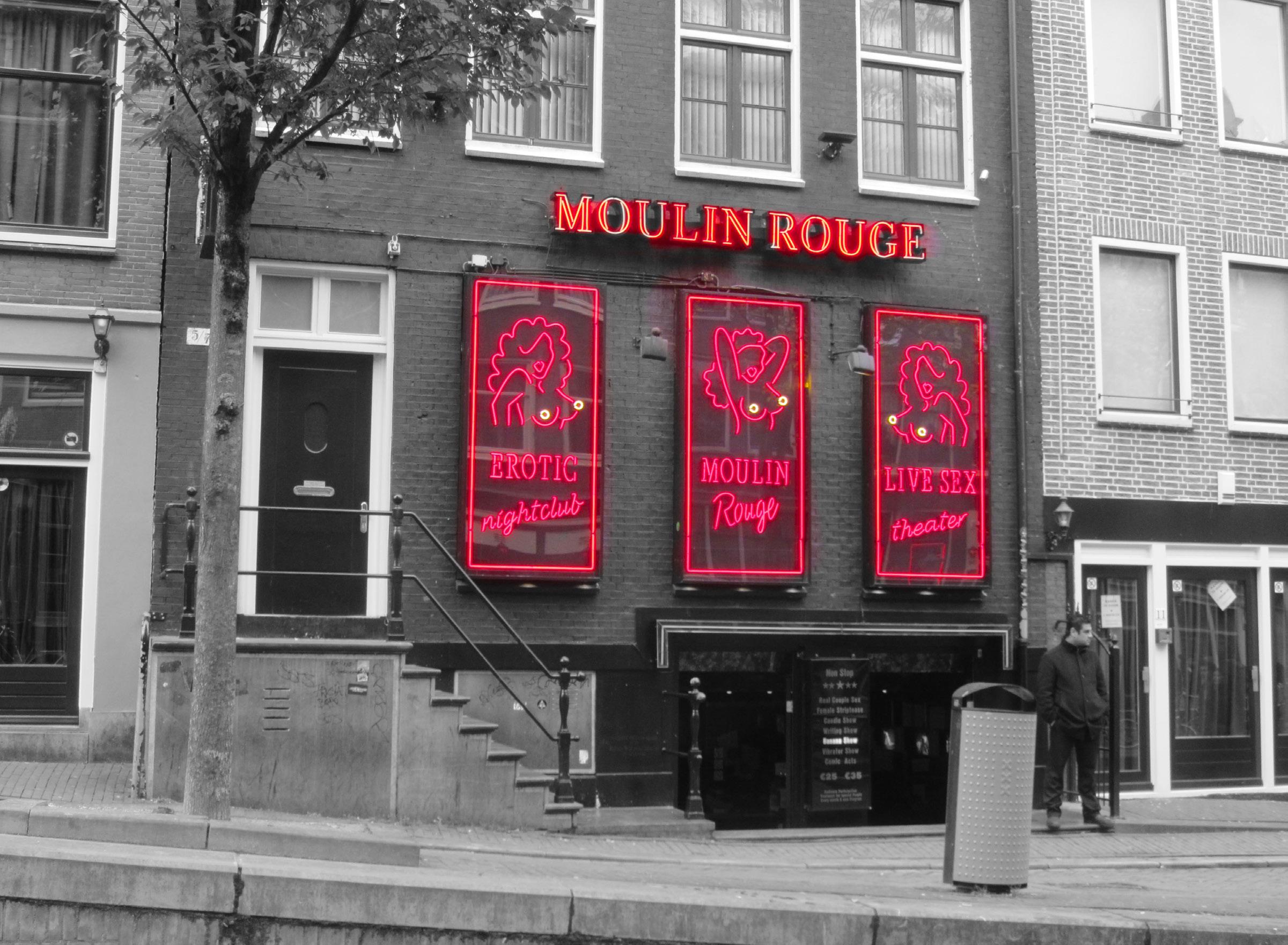

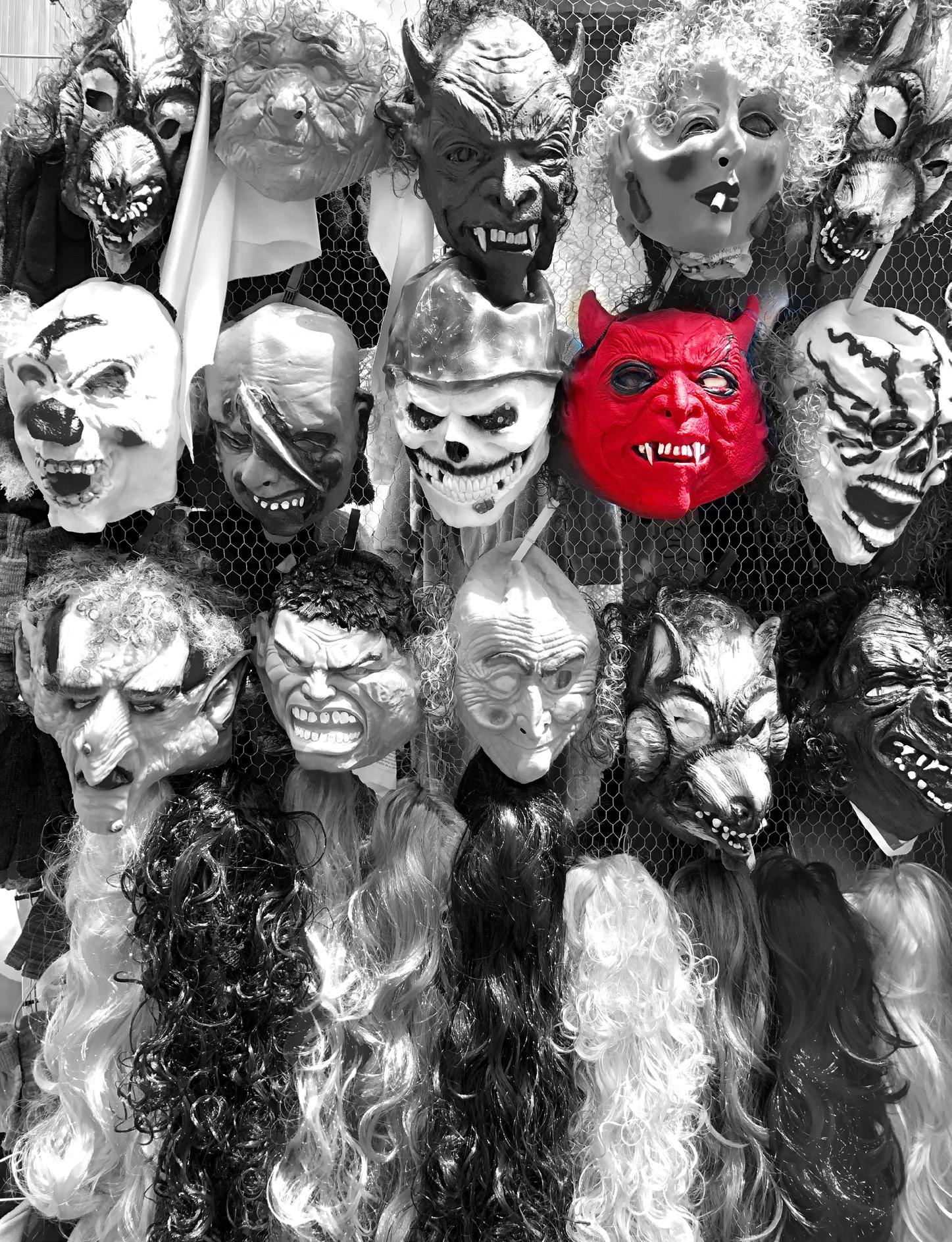
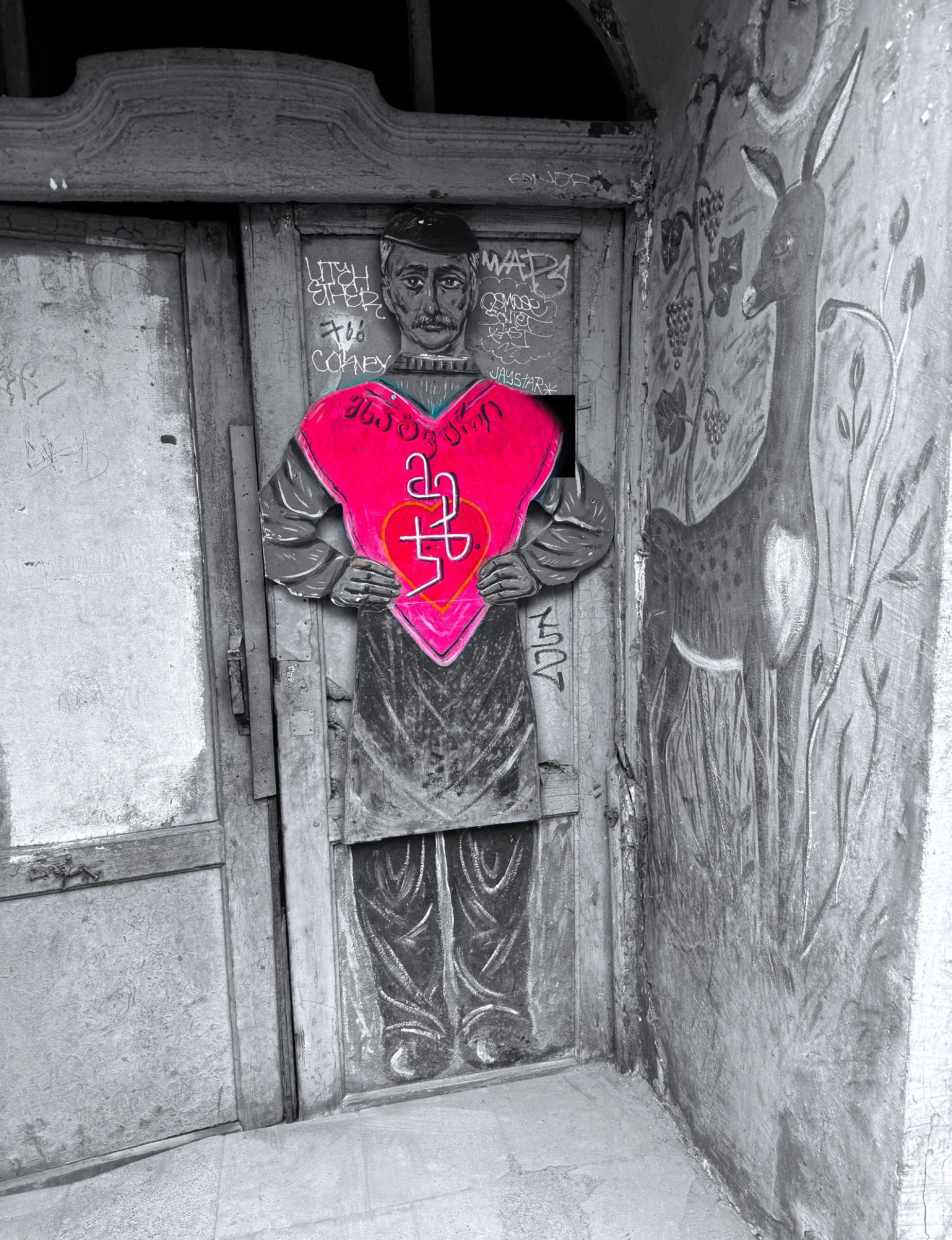

“I’VE BEEN
Pierre-Auguste Renoir

Black has a wide range of associations. It can be linked with death, mourning, evil magic, and darkness, but it can also symbolize elegance, wealth, restraint, and power. As the first pigment used by artists in prehistory and the first ink used by book printers, black played an important role in the development of art and literature. Today, there is even a black so black that looking at it makes it seem like you are looking at a void.
Black was one of the first colors used in art. The Lascaux Cave in France contains drawings of bulls and other animals drawn by paleolithic artists between 18,000 and 17,000 years ago. They began by using charcoal, and later achieved darker pigments by burning bones or grinding a powder of manganese oxide.
Much later, the first computers used green type on a black background, but when researchers found that reading accuracy improved by 26% with the traditional black on white, they made the switch as soon as the technology allowed it.





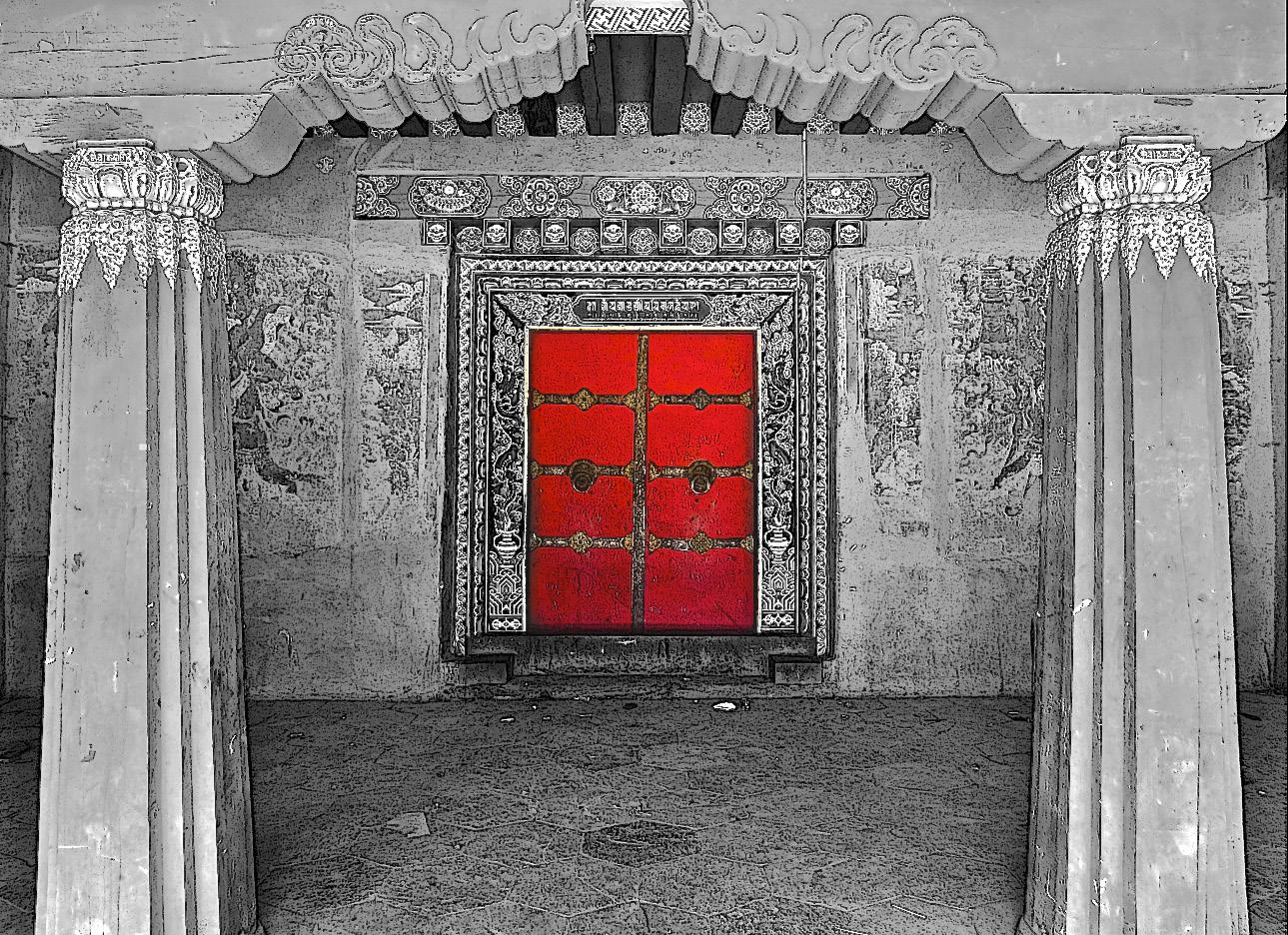

When red, white, and black appear together, they form a visual language that is both striking and profound. These colors balance each other in a way that conveys both harmony and tension. Together, they create an aesthetic that is bold and dynamic, drawing attention and evoking a wide range of emotions.
The combination of red, white, and black has been used extensively in art, advertising, and political movements throughout history. The bold contrast of these three colors-particularly the fiery vibrancy of red against the starkness of black and the purity of white-has become a symbol of strength, revolution, and clarity.
One of the most famous examples of this color combination is the German flag, which features black, red, and gold, symbolizing unity, freedom, and justice. In visual art, these colors have been used by iconic artists such as Kazimir Malevich in his abstract works, where the colors evoke a sense of conflict, tension, and balance. In modern times, the red, white, and black palette is commonly used in graphic design and branding to create an instantly recognizable and powerful aesthetic.
The interplay of red, white, and black is timeless. Whether in art, fashion, politics, or culture, these colors have come to represent a dynamic combination of life, death, conflict, and peace - an enduring reminder of the complexities of human experience.
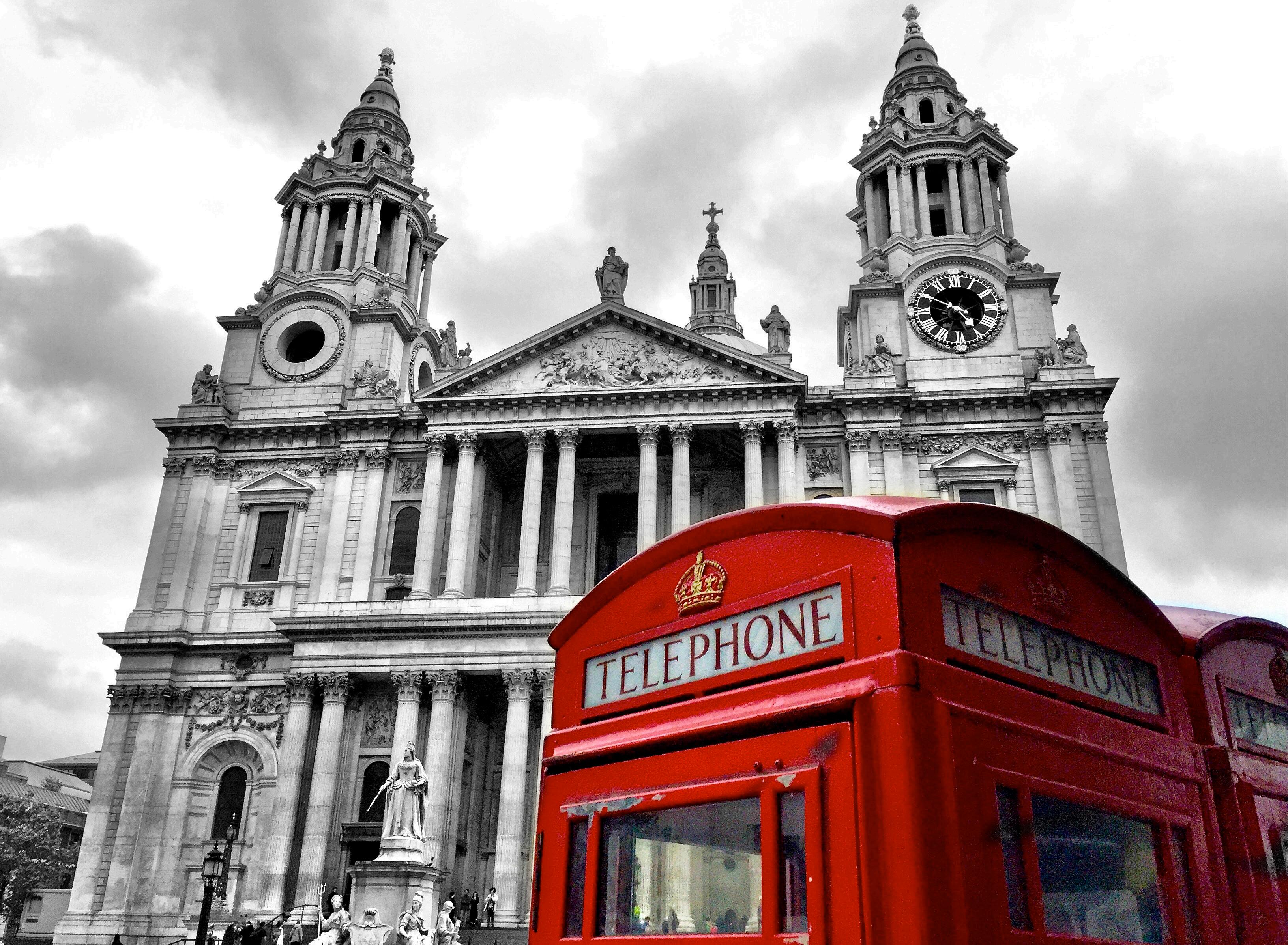







Q. What is black & white and red all over?





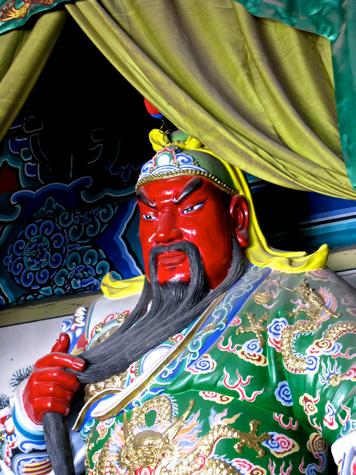




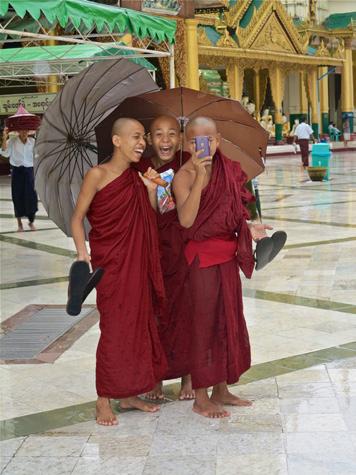
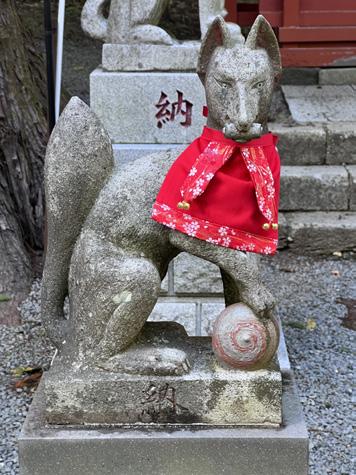


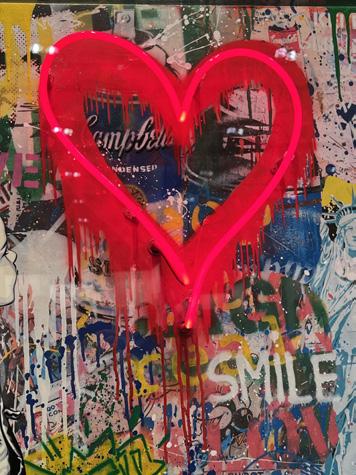


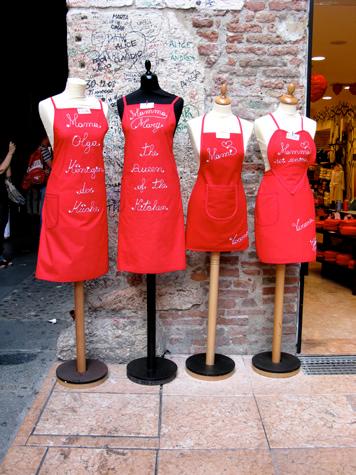















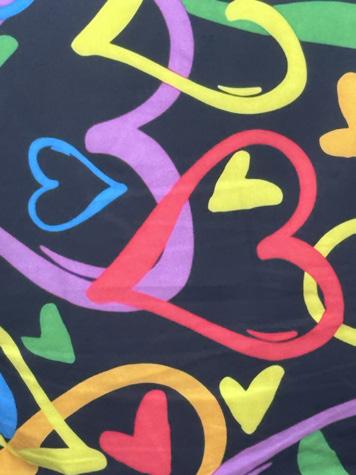
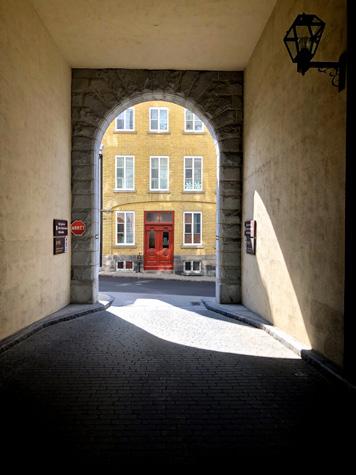





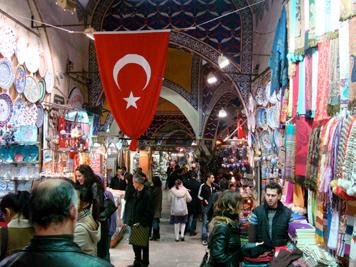




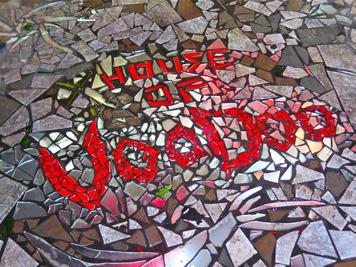

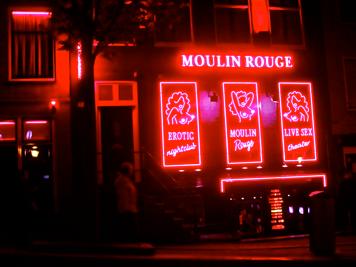




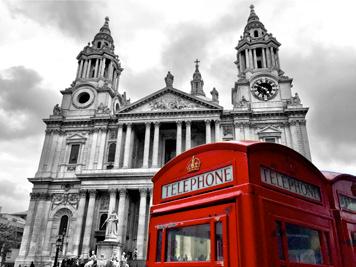


Here are the Original Full-colour Photographs used in the Red, White & Black book. They offer a behind-the-scenes look at where each image began. While the book focuses on the dramatic impact of a reduced palette - these originals provide valuable context. By comparing them, you can better understand the artistic choices behind each manipulation and see how selectively removing or highlighting colour can completely transform the mood, focus, and meaning of an image.
Download from the sellection of posters below:

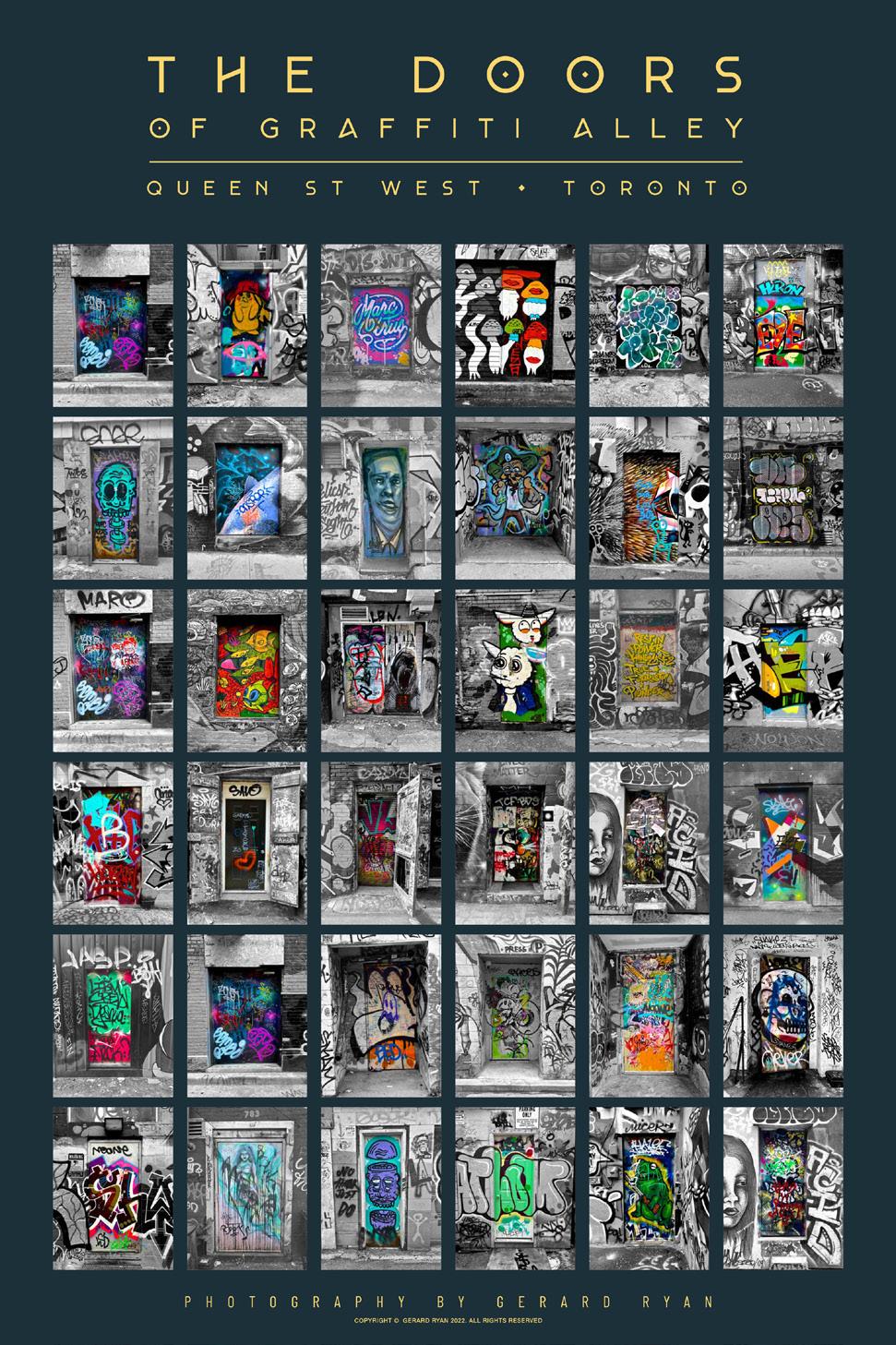
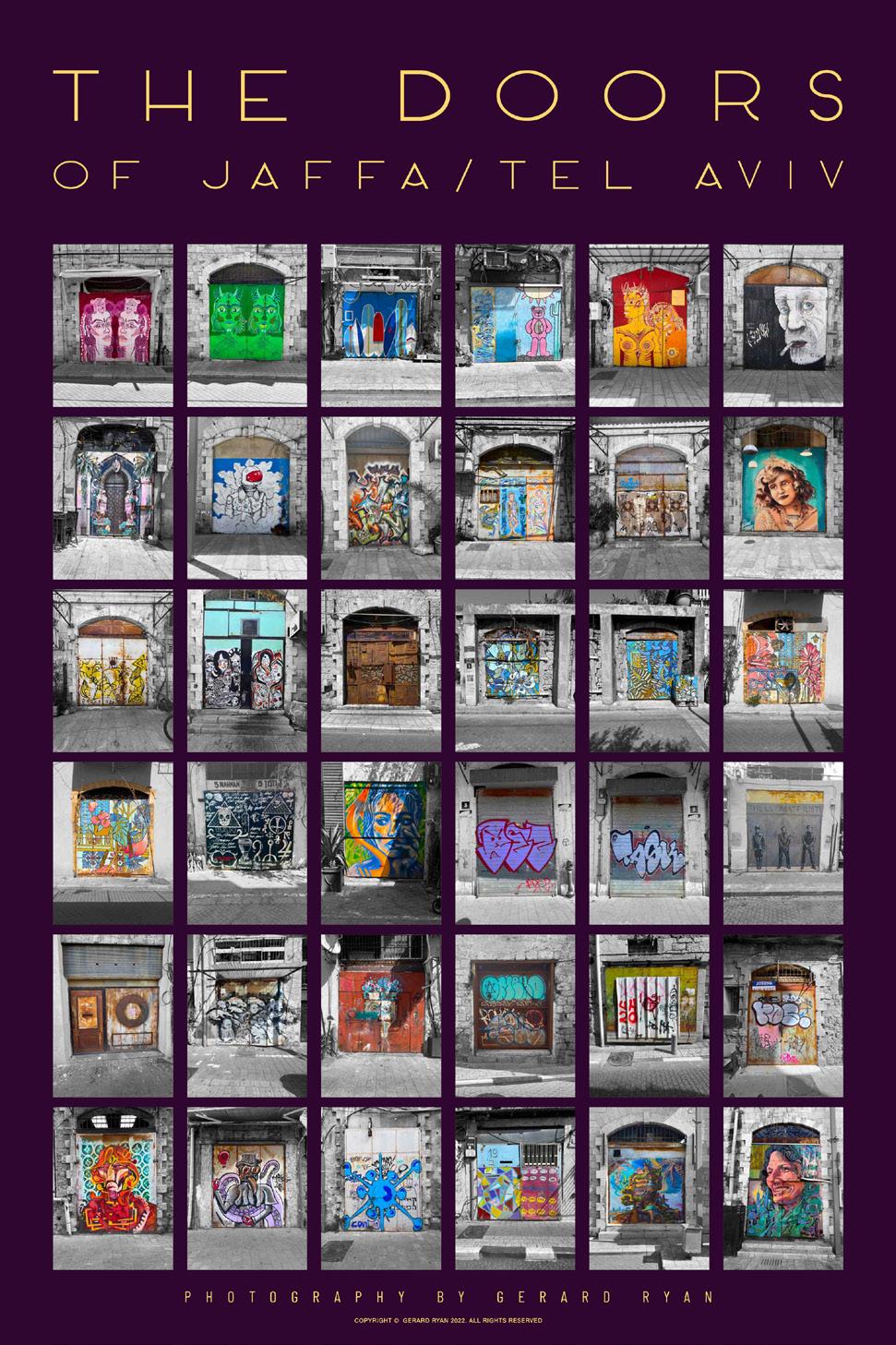
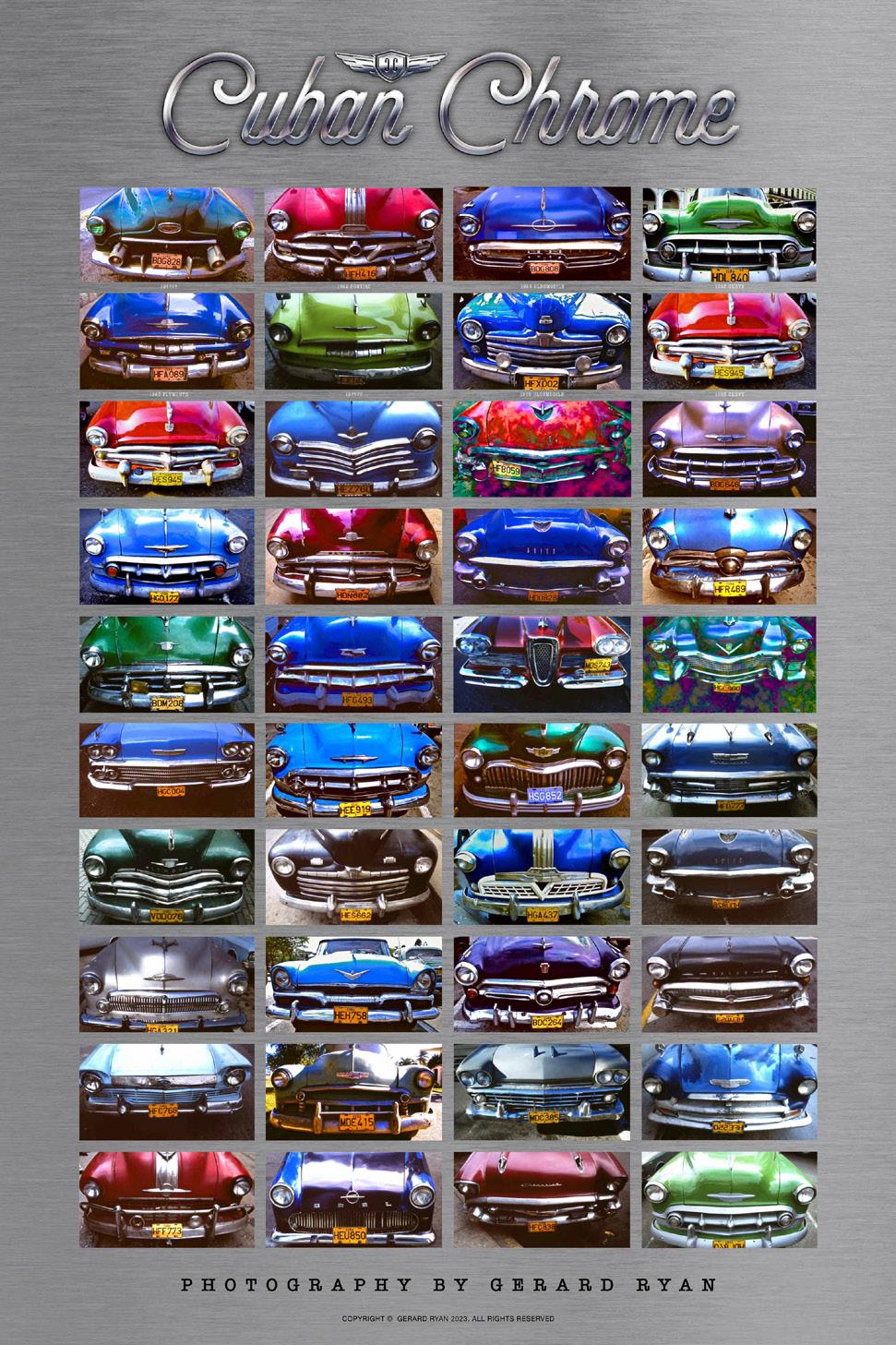
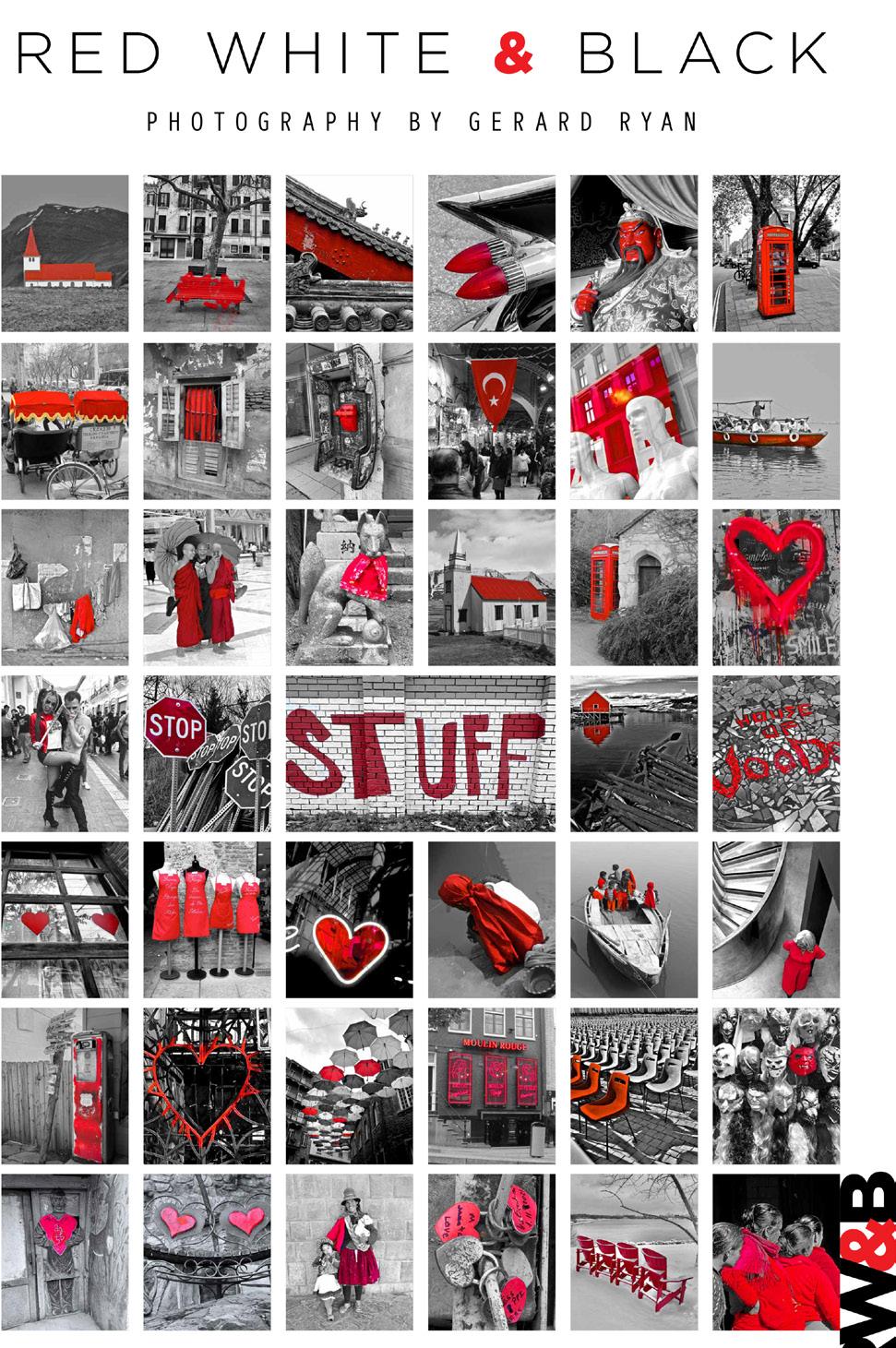


MANY THANKS TO ANDREW MEYER: ART DIRECTION/COPY-WRITING & BRUCE AT FORMCOR: PRINTING.
Copywrite 2025©